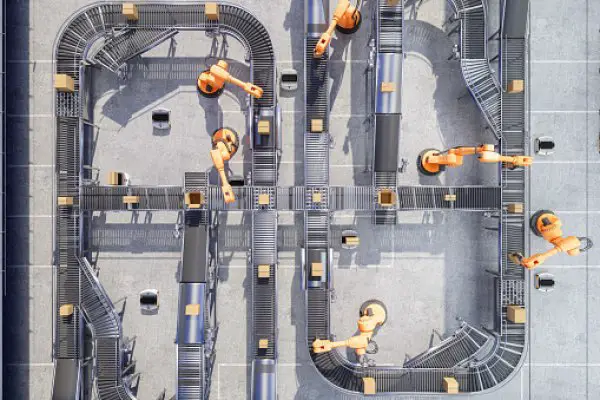The Associated Press’ executive editor has dismissed concerns about job redundancy in the media industry, iterating that artificial intelligence (AI) is not a threat to journalism and ChatGPT (“not a replacement for reporters”) can not replace human involvement.
The senior vice president says:
“not a replacement for reporters,”
Many in the creative industries are worried that their occupations may be endangered by ChatGPT and other language-based AI systems, which have progressed rapidly.
The comments of AP Executive Editor Julie Pace bring comfort to journalists, who have been informed that Artificial Intelligence (AI) will not be replacing them shortly. Rather, their roles are safe from a possible AI takeover.
In an interview with Al Arabiya English, Pace emphasized that AI in journalism will not be used to replace human reporters; rather, its purpose is to act as a supplementary resource for reporters.
She went on to say:
“AI is not a replacement for reporters,”
“It’s a tool that can help them do their jobs more effectively.”
Although the combination of AI and journalism is still developing, veteran journalists believe that utilizing these tools brings more advantages than potential drawbacks.
The senior vice president continues to say:
“We see AI as an opportunity to improve the quality of our journalism, and we’re excited to explore its potential,”
“We’ve used AI tools for quite a long time, actually, and we’ve used them to make our news organization faster and more efficient, to be able to just take things off the plate of our journalists that are very time-consuming, but not as high value, I would say.”
Journalists could be given more time to focus on original reporting by utilizing AI tools to automate financial market reports, sports scores, transcription, and translation. This would prove to be advantageous and highly efficient.
Pace says:
“I’m all for that. I think where I don’t envision this going is replacing a full-time reporter with an AI box or a piece of technology,”
“There is no way you can substitute eyewitness journalism or the empathy and the connection that a human can make with another human and so I’m not particularly worried about replacing our staff with AI, but I am looking for opportunities to give them AI tools to make their jobs easier.”
ChatGPT is at the forefront of generative AI tools entering newsrooms, and its capabilities are quite remarkable: composing high school essays, poetry, whole podcast episodes, and even nearly passing the US medical licensing exam in simple seconds.
Recently, there has been much discussion among professionals in creative industries about the capabilities of digital technology. Specifically, the debate has focused on how it can best be used to create innovative solutions.
Since the unveiling of ChatGPT in late 2020, specialists have voiced numerous apprehensions surrounding AI and the possibility that it may cause a decrease in employment for copywriters, content makers, and technical authors.
Pace is carefully considering the inclusion of ChatGPT and other AI tools, as they are aware of the need for accuracy with research and fact-checking.
Pace went on to say:
“We’ve seen some of these tools do full-blown stories or papers, but the level of accuracy is a bit mixed right now. For us, obviously, accuracy trumps everything and so it would be a bit risky for us, I think, at this stage to take a step down that road.”
The role of AI in journalism will continue to evolve, but human reporters will continue to play a crucial role in delivering accurate and compelling news stories. As the industry embraces new technologies, journalists must remain adaptable and hone their skills to thrive in a rapidly changing landscape.
Source: Al Arabiya English



